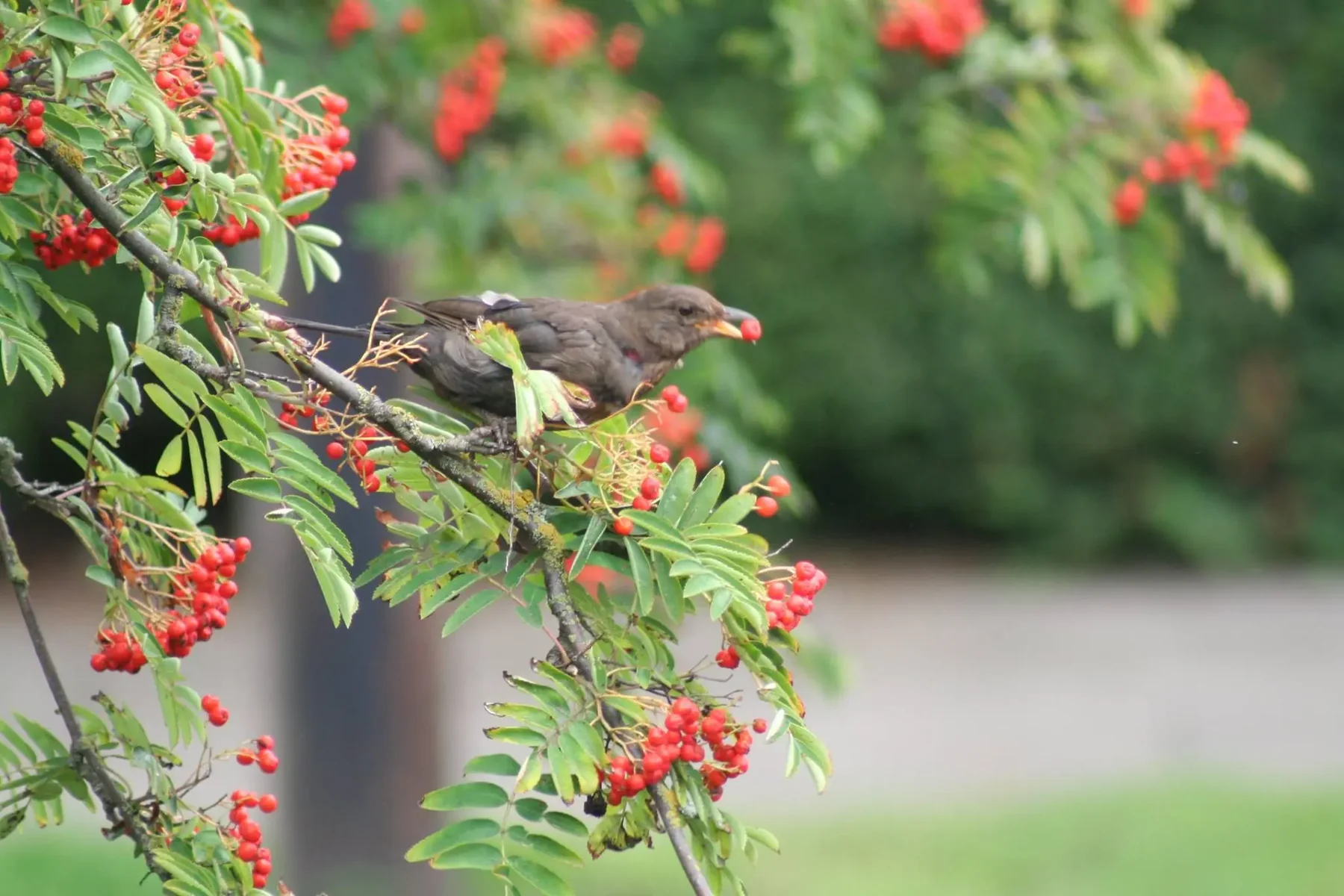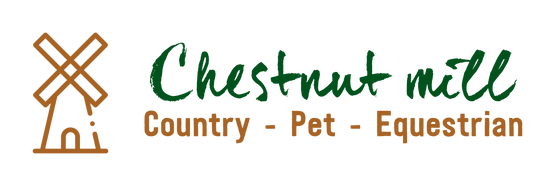From £6.99

Attracting Wildlife to your Garden – 2 – Top 10 Plants to attract Wild Birds
To celebrate National Gardening Week we are going to guide you in how to make your garden more wildlife friendly and attract a greater variety of wildlife to your garden. Today we are focusing on the best plants to include in your garden to make it attractive to wild birds.
The basics
Selecting the right plants for you, your garden, and the wildlife in it is a key part of creating a perfect environment for attracting wildlife.
Knowledge is king, and in this instance this means finding out information such as; soil type, is the spot sunny or shady, is it dry our damp. Many plants will thrive in particular conditions but struggle in others. Take a look around the locality and see what is growing well in your area, or find similar plants that will require the same conditions you can offer.
Take the foliage and flowers into consideration. Try to use leaves of different colours, shapes, and sizes, deciduous and evergreen. If in doubt check in a gardening book or online to check for specific plant details. The RHS do a couple of great books for this; the RHS A-Z Encyclopaedia of Garden Plants, and The RHS What to Plant Where Encyclopaedia. It is also important to take into consideration what maintenance they will need and plan for the future, how big will they grow?
The final consideration is based on time scale. Whilst some plants may on paper be perfect, they may not start to product berries for another 5 years. Therefore whilst this develops you may want to also include some shorter lived plants to fill the gap. Likewise before removing an existing plant from a space take a moment to consider the implication that may have on the existing wildlife.
The Plants
- Sunflower
An annual, that not is not only fun to grow with the kids and provides big striking flowers, but also a great source of food. If you leave the flower heads on to form their seeds they will be eaten by many wild birds, including nuthatches, finches, and long-tailed tits. The seeds are packed with nourishment that will keep the birds going through the autumn. They are even a staple among many commercial wild bird foods and if you can’t wait for the autumn you can find our range here.
- Ivy
The autumn flowers attract insects in the autumn and a s result the birds that feed on them, such as robins and wrens. The berries then get devoured by an even greater range of birds as an important source of food in the winter including thrushes, waxwings, starling, jays, finches, and blackbirds. On top of all this the leaves provide a nesting spot for birds and food for the holly blue butterfly caterpillar.
- Honeysuckle
Fantastic in tight spaces due to its climbing nature. Providing both berries and shelter for birds such as thrushes, warblers, and bullfinches. It’s scented flowers also attract insects.
- Hawthorn
Producing the favourite berry of the blackbirds, redwings, and fieldfares this is an almost must in any garden as many other birds will feed too such as chaffinches, starlings, and greenfinches. The leaves also provide food for many different caterpillars which in turn are an important source of food for baby birds in the spring.
- Holly
The berries are ripe by the autumn, but will be saved by many birds for a deep midwinter food source. Birds include son thrushes, blackbirds, fieldfares and redwings. Only the female bushes produce berries, but they need a male around to ensure polination.
- Rowan
Dependant on species it will have berries from late July to November.
- Teasel
A great architectural plant is a stalwart of naturalistic garden design, with its tall spikes and striking seed heads, which will be feasted on by Goldfinches, sparrows and buntings from early autumn until later December. .
- Shrub rose
Maybe a surprising one on this list. The Rosehips (depending on size and species) are eaten by blackbirds, fieldfares, and mistle thrushes along with a wide variety of other species.
- Cotoneaster
Loaded with red berries from the Autumn through the winter it is often the first to be harvested by wild birds such as blackbirds, thrushes and waxwings.
- Guelder rose
A native deciduous shrub, has heavy clusters of berries from November to March and loved by mistle thrushes and bullfinches. As a structural plant it makes a great hedge.
